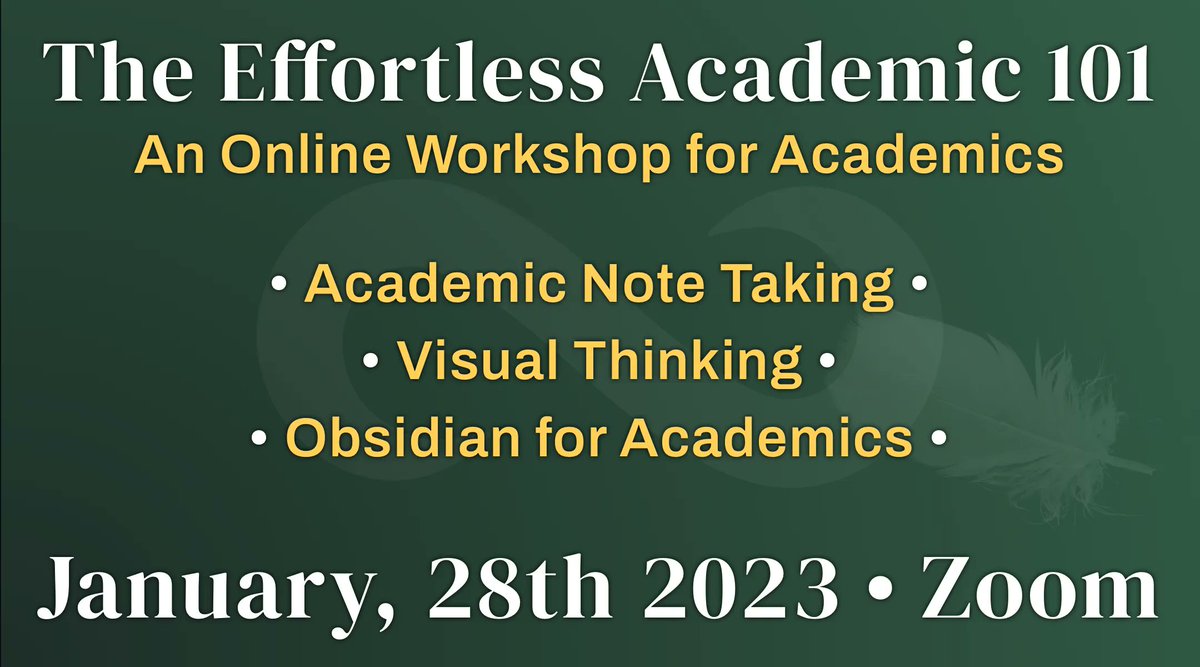
Academics, whether you like it or not – AI and #ChatGPT aren't going anywhere.
Here's where it excels, bitterly fails and why this is so.
8 real world examples for scientists.
👇
#ScienceTwitter #AcademicTwitter
Here's where it excels, bitterly fails and why this is so.
8 real world examples for scientists.
👇
#ScienceTwitter #AcademicTwitter
1. Summarize a long text to bullet points
💻 "Outline, [using bullet points], max 100 words: [your text]"
(If you have bullet points, you can alternatively ask to shorten [each bullet point])
Here's a summary for "History of the poodle" (wikipedia).
💻 "Outline, [using bullet points], max 100 words: [your text]"
(If you have bullet points, you can alternatively ask to shorten [each bullet point])
Here's a summary for "History of the poodle" (wikipedia).

2. Rephrase and fix grammar
💻"Rephrase and fix grammar in my text: [your text]"
You can quickly fix typos, commas and so on.
Especially useful if english is not your first language.
💻"Rephrase and fix grammar in my text: [your text]"
You can quickly fix typos, commas and so on.
Especially useful if english is not your first language.
3. Nail a Presentation from ideas
Make a list
💻 "Make a presentation script from my notes. Max 300 words."
Refine by adding things like
💻 "...use analogies where applicable. Assume abbreviation XYZ is not known".
Here is my molecular biology presentation for teenagers:
Make a list
💻 "Make a presentation script from my notes. Max 300 words."
Refine by adding things like
💻 "...use analogies where applicable. Assume abbreviation XYZ is not known".
Here is my molecular biology presentation for teenagers:

4. Have some fun
Informal lab meetings and gatherings can be fun by using poetry to describe research progress.
💻 "Can you write a funny poem for this: [some bullet points] "
Be weird here!
Imagine journal clubs, held entirely in poetry...
Informal lab meetings and gatherings can be fun by using poetry to describe research progress.
💻 "Can you write a funny poem for this: [some bullet points] "
Be weird here!
Imagine journal clubs, held entirely in poetry...

5. Solve coding challenges
I tweeted about this previously, but my excitement cooled a bit since. Caution.
⚠️ Often the results ARE correct, but sometimes they are completely WRONG and worse: comments & explanations are convincing.
I tweeted about this previously, but my excitement cooled a bit since. Caution.
⚠️ Often the results ARE correct, but sometimes they are completely WRONG and worse: comments & explanations are convincing.
https://twitter.com/Artifexx/status/1604814058653458432
6. Definitely not your literature review
❌ Ask for Publications on some topic - While it sounds utterly convincing, most publications or authors don't exist!
The reason is that the model generates convincing sounding TITLES, rather than finding actual papers.
❌ Ask for Publications on some topic - While it sounds utterly convincing, most publications or authors don't exist!
The reason is that the model generates convincing sounding TITLES, rather than finding actual papers.

7. ...And not math
❌ Funny, but rarely accurate
I will share this funny example of drying shirts. 🤣
❌ Funny, but rarely accurate
I will share this funny example of drying shirts. 🤣
https://twitter.com/DataChaz/status/1612419857235984393
8. Stereotypes
I asked the AI to come up with a sad story about romance.
❌ The plot was around a man needing a green card - when asked to flesh out the details, he became a Mexican named Juan.
It will perpetrate stereotypes found in training data (= the internet).
I asked the AI to come up with a sad story about romance.
❌ The plot was around a man needing a green card - when asked to flesh out the details, he became a Mexican named Juan.
It will perpetrate stereotypes found in training data (= the internet).

Why?
ChatGPT generates statistically valid text, it doesn't translate meaning into text, like humans.
It's a very elaborate regression function to billions of datapoints (=texts), yet fundamentally different from the creating mechanism (=humans).
It "approximates" us humans.
ChatGPT generates statistically valid text, it doesn't translate meaning into text, like humans.
It's a very elaborate regression function to billions of datapoints (=texts), yet fundamentally different from the creating mechanism (=humans).
It "approximates" us humans.
Personally I think the rise of AI will elevate the "craft" of human connection, creativity and poetry. Like home cooked meals or handmade jewellery vs fast food and plastic.
Leverage tools to make creativity easier in research, in my upcoming workshop.
buff.ly/3H0hrMA
Leverage tools to make creativity easier in research, in my upcoming workshop.
buff.ly/3H0hrMA
• • •
Missing some Tweet in this thread? You can try to
force a refresh












